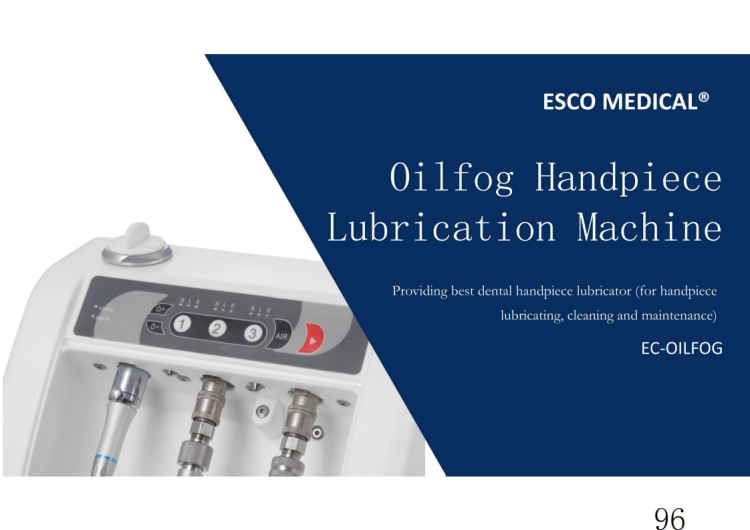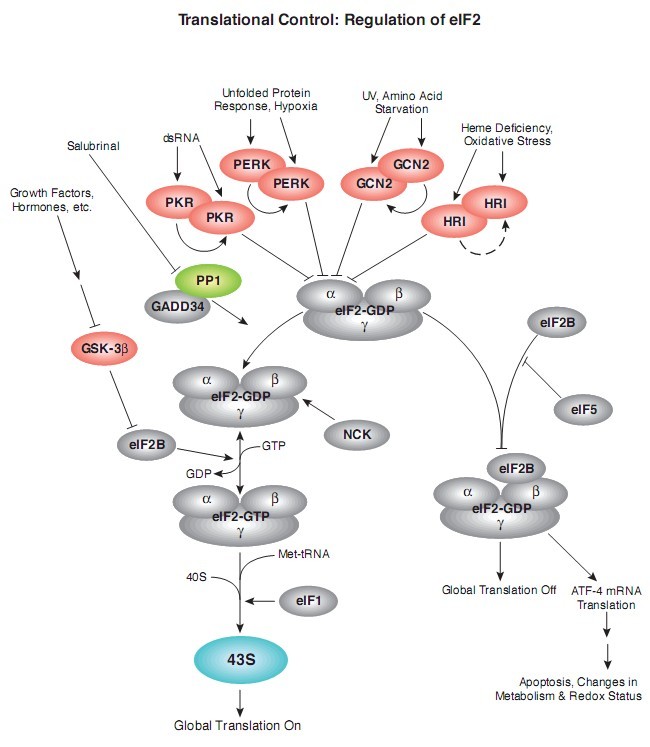mTOR responds to a variety of stimuli including extracellular growth factors, insulin, nutrients, amino acids, glucose, and the like. It mainly regulates various physiological functions such as cell growth and cell cycle through the PI3K/Akt/mTOR pathway.
Under normal circumstances, nodular brain sclerosis complex-1 (TSC-1) and TSC-2 form a dimeric complex, which is an inhibitor of Rab-homolog enriched in brain, and Rheb is mTOR. The stimulating protein necessary for activation, therefore TSC-1/TSC-2 inhibits the function of mTOR under normal conditions. When Akt is activated, it phosphorylates Ser939 and Thr1462 of TSC-2, inhibiting the formation of the TSC-1/TSC-2 complex, thereby abolishing the inhibition of Rheb, allowing mTOR to be activated. Activated mTOR participates in multiple cellular functions by phosphorylating certain factors in the protein translation process, the most important of which are 4EBP1 and P70S6K.
Among the entire PI3K/Akt/mTOR signaling pathway, a very important negative feedback regulator is the phosphatase and tensin homology deleted on chromosome 10 (PTEN) on chromosome 10. PTEN is a tumor suppressor gene located on human chromosome 10q23. It has a protein tyrosine phosphatase domain in which PI-3,4-P2 and PI-3,4,5-P3 can be dephosphorylated, thereby negatively regulating the downstream AKt/mTOR signaling pathway in PI3K. Activity.
The signal molecules involved in this signal transduction mainly include
PKR, PERK, GCN2, HR1, PP1, GADD34, eIF2-GDP, eIF2-GTP, eIF2B, GSK-3β, NCK, eIF1, eIF5, 43S, and the like.
Click on the signal molecule in the figure to view detailed pathway maps and products (inhibitors, antibodies, phosphorylated antibodies, assay kits, recombinant proteins, etc.):
Handpiece Oil Lubricator
Dental handpiece cleaning and maintenance equipment is used to clean, maintain and fill the dental handpiece with lubricating oil to make it safer, more efficient and cleaner in future use. There are often the following steps:
1. Blow away the residue
After actual use, there will be some dirt left in the cavity of the high-speed dental handpiece. The oil injection of the dental handpiece will form a negative pressure vacuum in it and blow away the particles in the pipe and the surface of the wind wheel bearing.
2. Rinse
The cleaning fluid enters the negative pressure gap with the airflow to flush the dirt
3. Blow
Dry the cleaning agent residue inside the dental handpiece
4. Oil injection
Lubricating oil enters the negative pressure gap to realize all-round lubrication of the bearing. Since the dental handpiece is a high-precision accessory, this step is very important, and it is also the key to checking the effect of the oil injection machine
5. Blow again
Blow away the excess lubricating oil, so that the oil film evenly covers the bearing rollers and the rotor shaft
6. Follow-up operations
At this time, the dental handpiece has completed the cleaning and lubrication process, and can be sealed and sterilized.

handpiece oiling, handpiece lubricating, handpiece oil lubricator
Suzhou Escomedical Equipment Co.,Ltd , https://www.escodental.com

